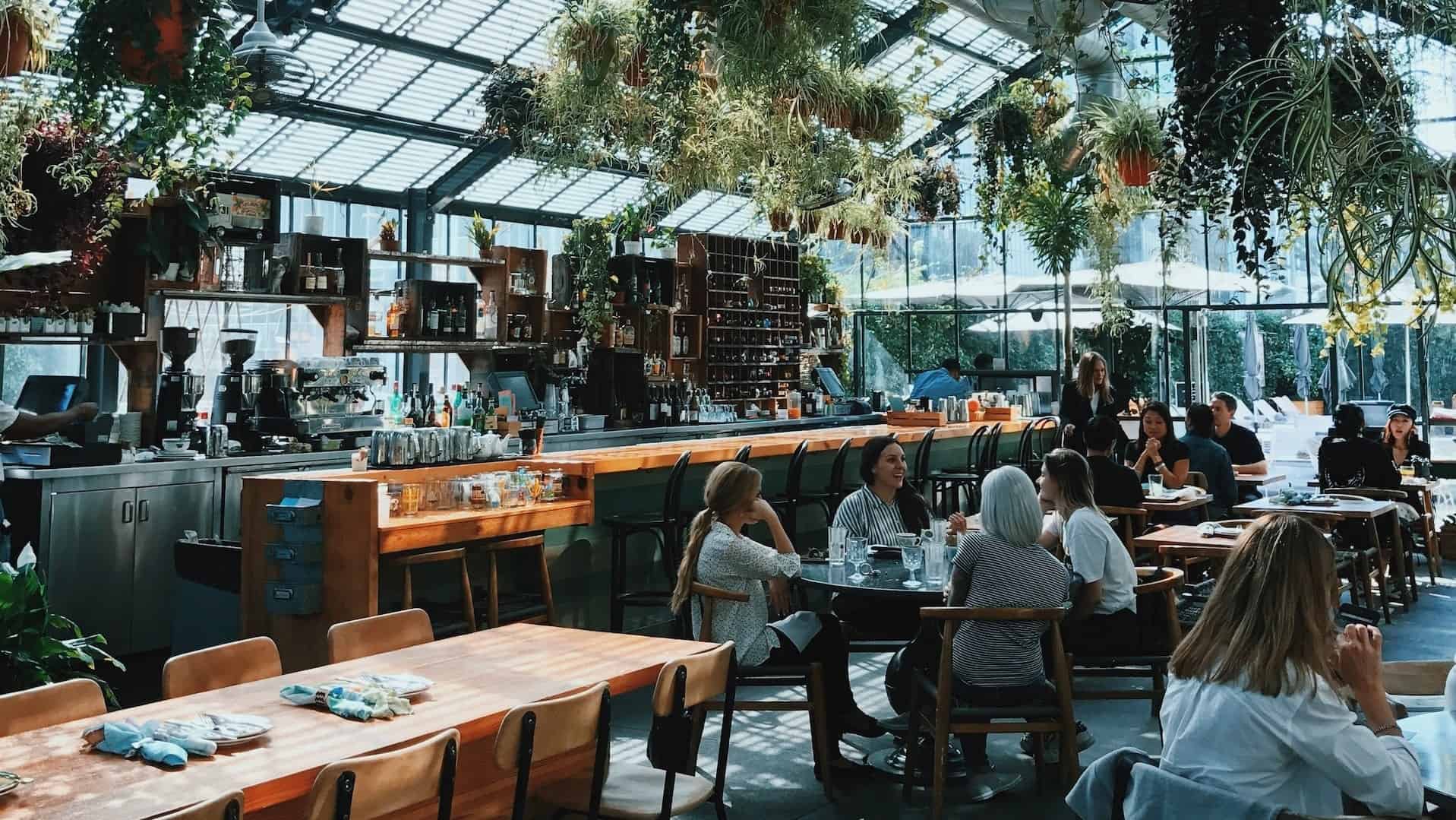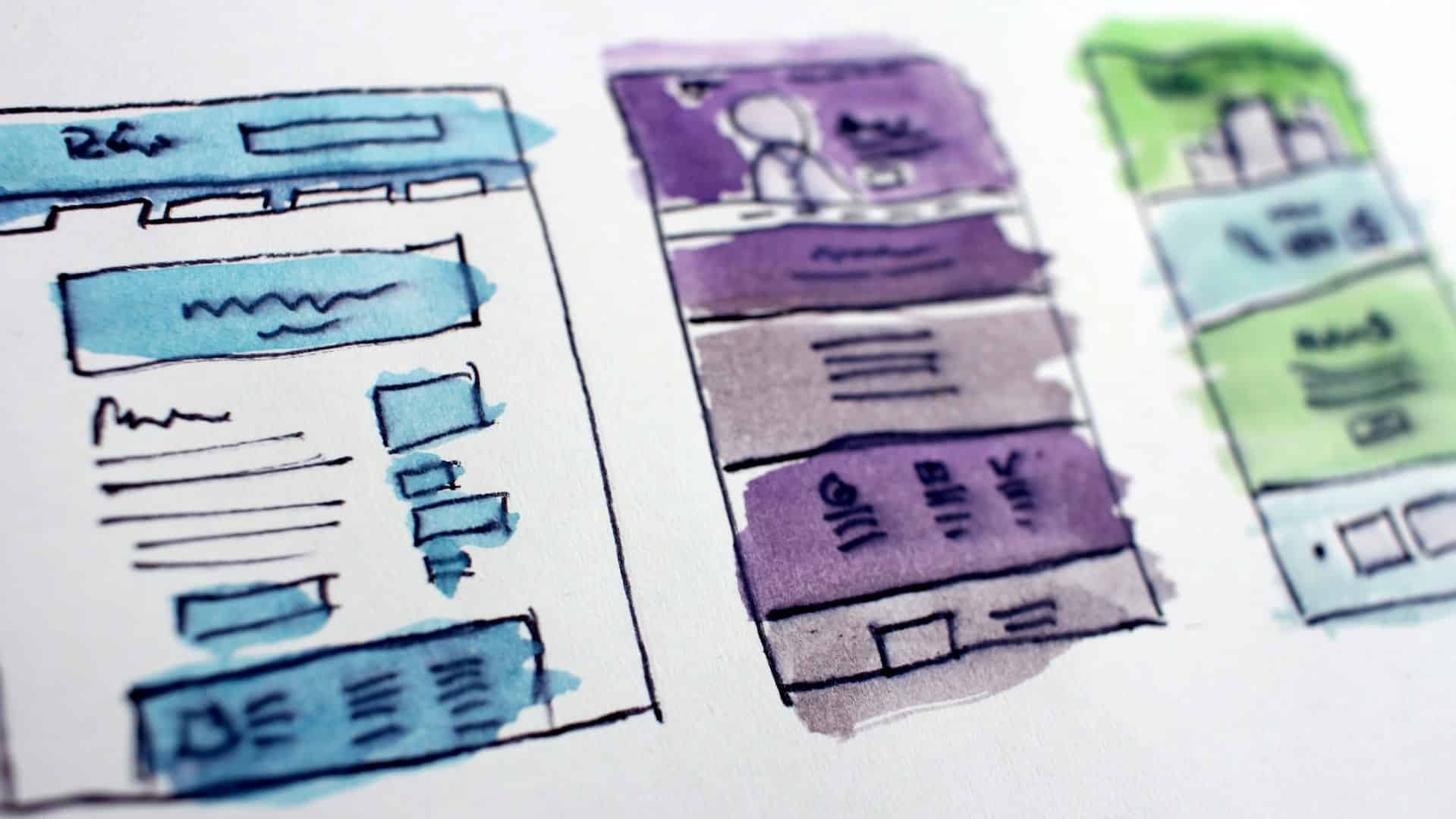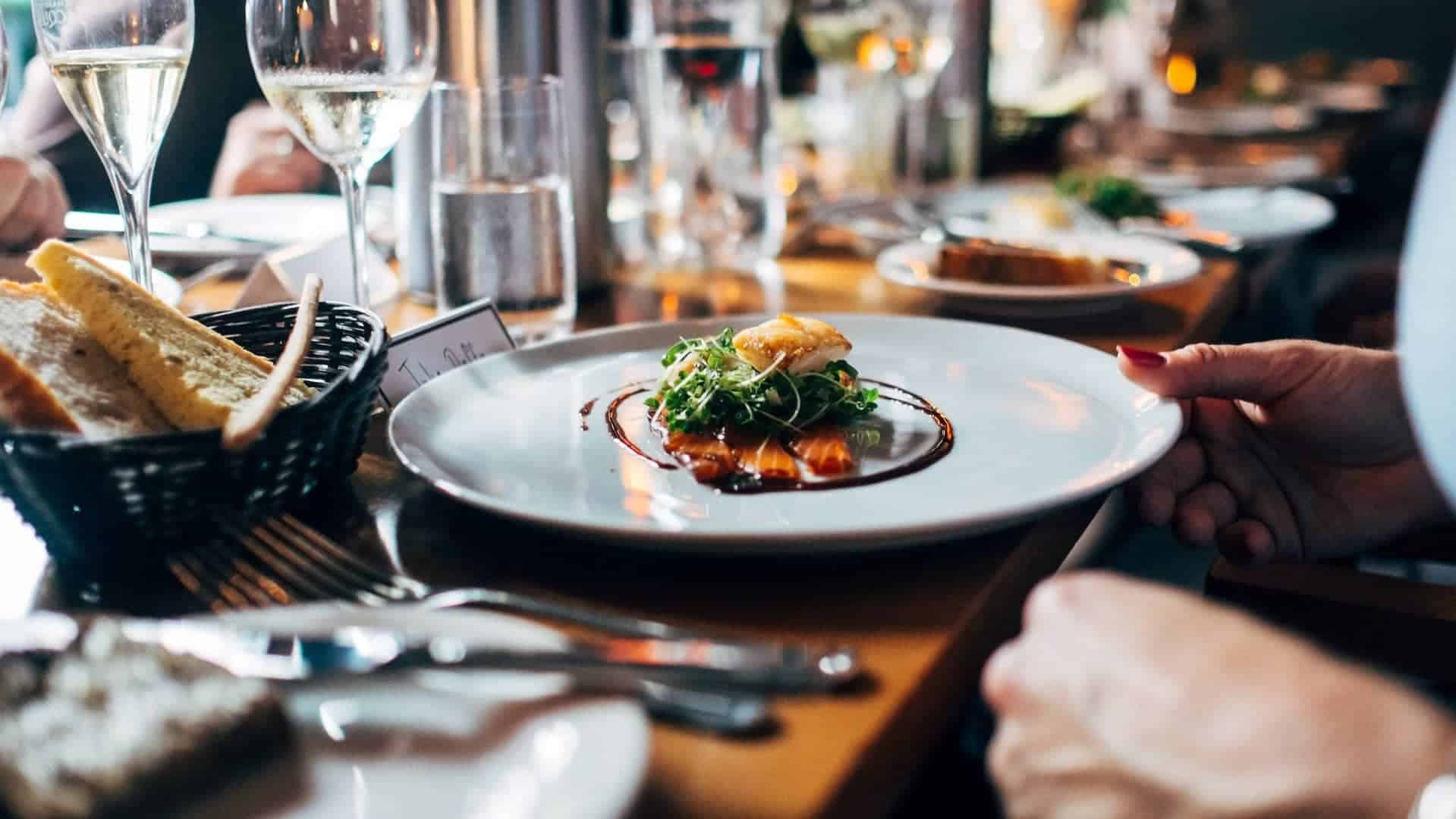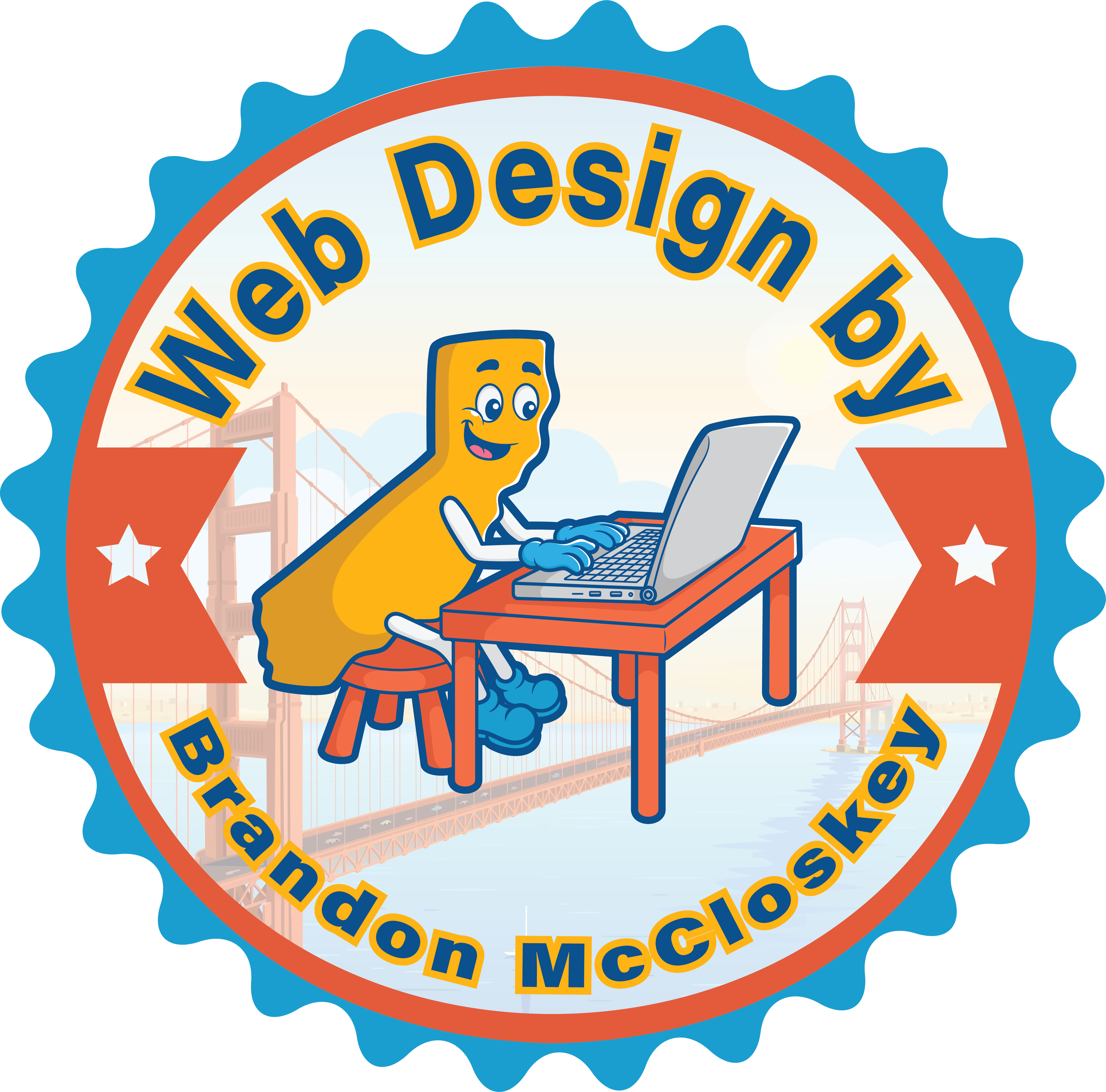Best Practices for Effective Restaurant Website Design

Delicious cuisine and fragrances, an inviting setting, and pleasant company are all hallmarks of a memorable dining experience. However, these elements usually require people to already be at your establishment. Taking in the enticing sights, sounds, and smells and benefiting from your staff’s attentive service is impossible from a simple web page. Or is it? We think it is possible to give people a taste of what it will be like to dine at your restaurant by having a well-designed and appealing website. For this reason, today, we will discuss the best practices for effective restaurant website design to improve potential customers’ initial impressions of your restaurant.
1. Make Your Message Clear
Despite your greatest efforts to provide a pleasant experience for your visitors, your website’s content will ultimately draw them in. For this reason, when designing your restaurant’s website, you should ensure that your message is legible and straightforward. If you can get your message through effectively, you can increase consumer engagement and, thereby, restaurant visits. In addition to the above suggestions, here are some technical elements that you should employ for the written content on your website:
- Make white space between content sections.
- Dish descriptions should be succinct and to the point.
- Organize and structure your material such that it is easily accessible and scannable.

The first thing you should do on your website is make your message clear.
2. Present the Necessary Information First
Make sure the layout of your restaurant’s website makes the necessary information easy to find. Think of your restaurant’s website as an online PR representative. It should address the most common concerns of your clientele. As a result, don’t forget to constantly provide vital information on the restaurant’s website. That being said, most restaurants are going to give priority to the following:
- Menu: The menu is a client’s first stop on a restaurant’s website. An extensive menu will turn a website visitor into a paying customer, whether they want to order online or eat at your restaurant.
- Option for online ordering: It’s a great idea to have an Online Ordering Button on your restaurant’s website to turn website visitors into paying clients immediately.
- Store Locator: Customers may get lost in the shuffle if you operate more than one restaurant. You should thus plot all of your locations on a map and include relevant information. The most important is their address, hours of operation, and contact data (including phone number and email id).
- Feedback Button: The success of a restaurant depends on its owners actively seeking out customer feedback and making changes in response to it. Customers will appreciate your making an effort to address their concerns, and you will get valuable information about improving your establishment.
3. Try To Stick to a Neutral Background Color
It is a well-known fact that colors can influence mood and appetite. That being said, the colors of a restaurant’s website may also have an effect on its sales. Keep aesthetics and usability in mind when deciding on a color palette for your website. Using the restaurant’s color scheme as a starting point, you can ensure a seamless transition from the screen to the table. This will assist in maintaining a unified brand image and reassure customers that they have arrived at the correct location.
Since you’re in the food service industry, you could wish to test how different hues affect customers’ cravings. For example, you may use hues like red and yellow to make customers feel more hungry while avoiding black and purple, suppressing appetite. There’s no promise of success here, but it can’t hurt to try! Make sure that the colors you choose don’t cause any headaches or eye strain while reading the content on your website.
4. Use High-Quality Photos
Internet marketing relies heavily on high-quality photographs, and for restaurants, this is especially crucial. Good photos can convey a lot about the place itself. This includes everything from the service’s quality to the cuisine’s cost and overall vibe. You should also feel free to utilize videos of your meal’s preparation as a backdrop if you’d like. Prioritize the most compelling visuals, and only after that add more to the page. It’s not hard or costly to take restaurant-quality photographs of your food. These days you can even do it with your phone.

Having high-quality images of the food you serve on your website will give your website visitors an idea of what they can expect when they visit.
5. You Must Optimize for Mobile Devices
Nowadays, mobile devices account for more than half of all internet access. Therefore, mobile optimization is an essential part of any website’s strategy. Every component of your restaurant’s website has to be optimized for mobile devices. Choosing a web design platform that gives you the tools to create mobile-friendly versions of your site’s graphics and content is essential. Most consumers use their mobile devices to look for a place to dine, which is crucial for restaurant website design.

Because more than half of people only browse on their phones, your restaurant website design must be optimized for mobile devices.
For example, if you own a new restaurant and are unsure how to define your niche market, you must have a mobile-friendly website to find your ideal audience. It’s crucial in today’s market to prioritize reaching users via mobile devices. This is incredibly important to keep in mind when planning out your design aesthetic. You want your website to have a modern look and feel and to respond quickly and smoothly.
Conclusion
Employing the best practices for effective restaurant website design will help entice potential diners to make a reservation at your establishment. Primarily, a good website should make the user feel the same way they do when they enjoy one of your dishes. Since you put so much thought into your meal, why not give as much attention to the design of your restaurant’s website? Therefore, don’t neglect this vital aspect of growing your restaurant business.
Images Used
